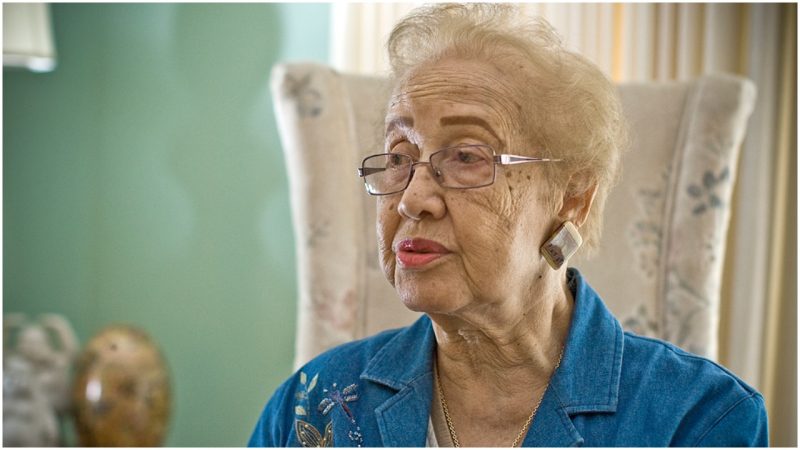In the early 1960s, during the height of the Space Race, Katherine Johnson was one of the women who played a crucial part: working out complicated math problems that NASA relied on to set the paths for the spacecraft to orbit Earth and to land on the Moon.
Johnson, who hand-calculated the trajectories for the space travel of Alan Shepard in 1961 and John Glenn’s pioneering orbital spaceflight in 1962, turned 100 years old on August 26, 2018.
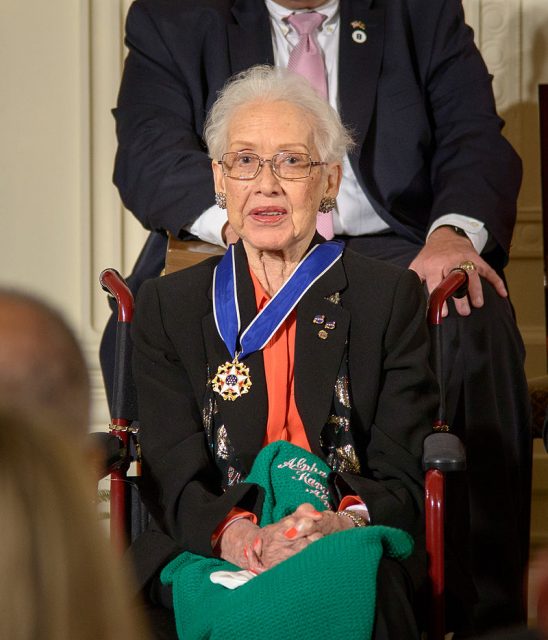
Before the arrival of data processors, humans – mainly women–made up the workforce at NASA known as the “Computer Pool.” African American women played a crucial role in the pool, and the most important of them was Johnson.
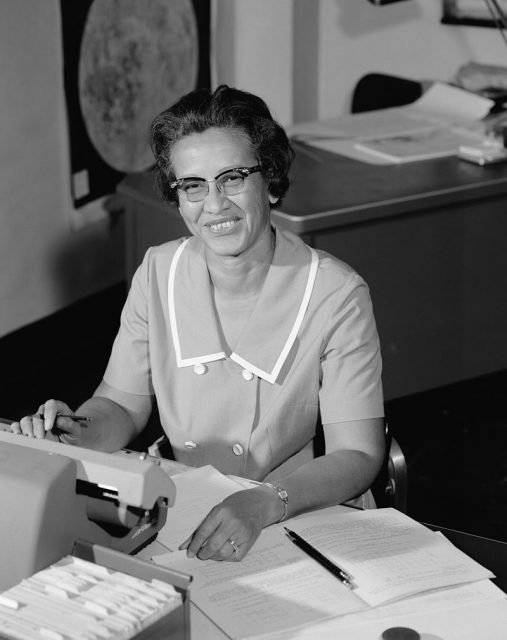
But few had heard of her work before the bestselling novel Hidden Figures, followed by the 2016 film, with Johnson portrayed by Taraji Henson. Johnson attended the Academy Awards ceremony last year at the age of 99.
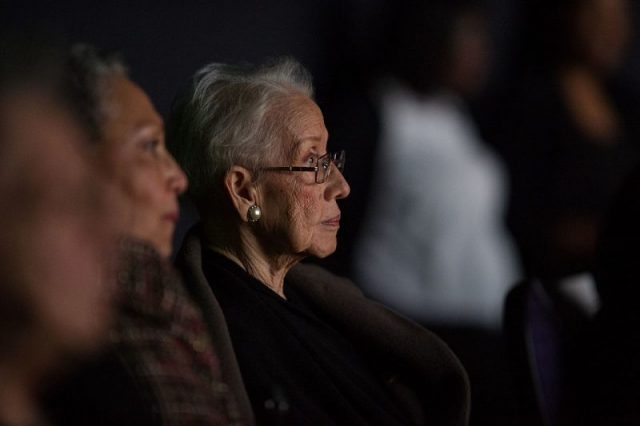
As depicted in the novel and film, “the Glenn mission required a complicated worldwide communications network,” according to Space.com. “The mission’s orbital calculations, which controlled the trajectory of the capsule for the mission, were programmed by a computer, but Glenn asked engineers to ‘get the girl’— referring to Katherine Johnson — to validate the calculations. She ran the same calculations by hand that the computer had run, and Glenn said, according to Johnson, ‘If she says they’re good, then I’m ready to go.’ ”
NASA Apollo moon landings conspiracies
“Wishing a #happybirthday to Katherine G Johnson on her 100th birthday today,” NASA wrote in a tweet. “She worked at @NASA_Langley as a human computer starting in 1953. Her calculations were critical to our early human spaceflight program (you’ve probably seen that in the movies).”
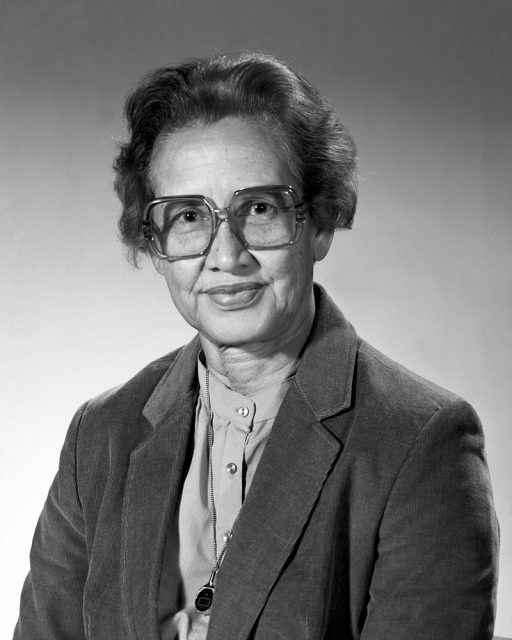
Johnson, born in 1918 in White Sulphur Springs, West Virginia, showed a talent for math and calculations at an early age. But public education for black children was not available beyond the 8th grade.
Her parents persevered and arranged for Johnson, their youngest child, to attend high school on the campus of what is now West Virginia State University. She graduated from high school at the age of 14, and at that college studied math and science.
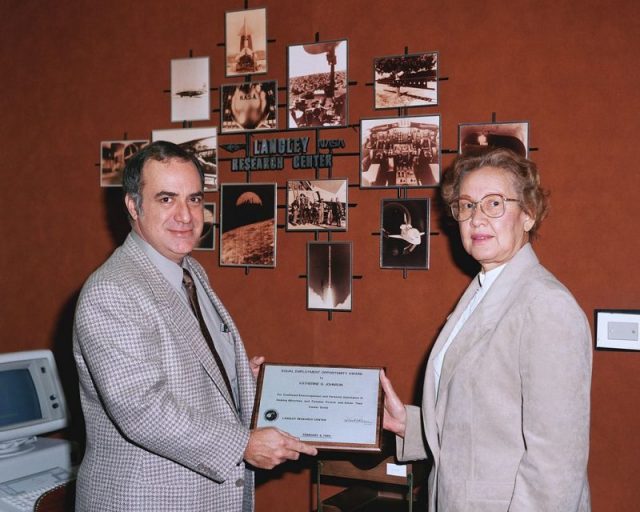
A day before her 100th birthday, Johnson attended a ceremony West Virginia State University, where a new statue of her was unveiled and a scholarship in her name announced.
“What makes Katherine so extraordinary is she not only prevailed while segregation failed, Dr. Johnson has continued to persevere and thrive with the gracious poise and clarity that defies mere words of explanation, let alone definition,” said Yvonne Cagle, life sciences directorate at the Johnson Space Center, according to a story in the Charleston Gazette-Mail.
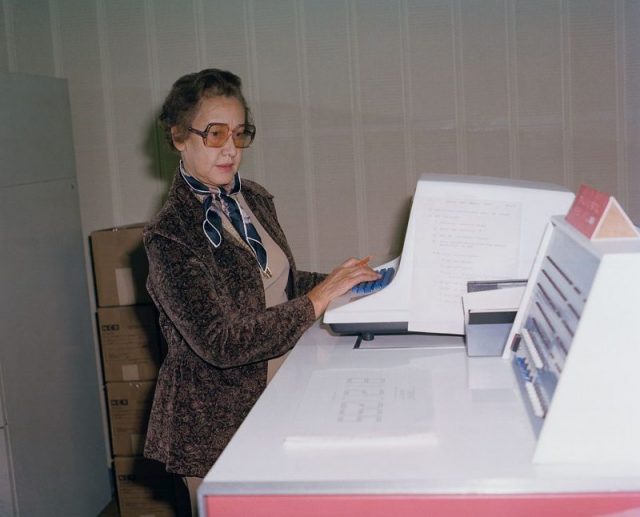
“So what can you say after a century about someone like Dr. Katherine Coleman Goble Johnson –our very own global, global genius? Let’s see–you say nothing. You don’t say anything. You listen.”
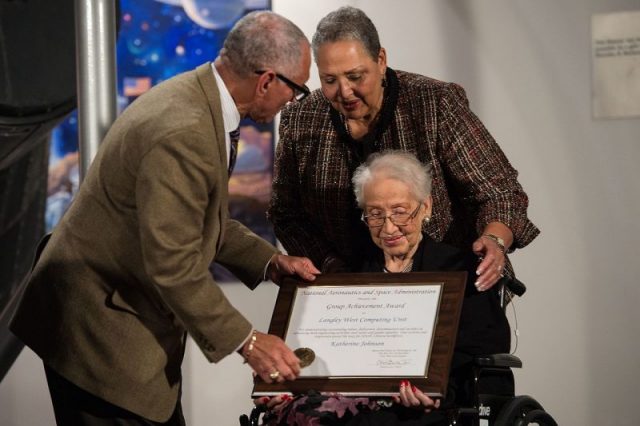
When Johnson first worked for the agency, she was part of a pool of women who read data from the plane’s black boxes and performed mathematical tasks. When she was temporarily put in the all-male flight research program, her grasp of analytic geometry was such that they, as she put it, “forgot to return me to the pool.”
Johnson’s work was key to the beginning of the Space Shuttle program. She worked for NASA for more than 30 years, retiring in 1986.
Nancy Bilyeau, a former staff editor at *Entertainment Weekly, Rolling Stone*, and *InStyle*, has written a trilogy of historical thrillers for Touchstone Books. For more information, go to www.nancybilyeau.com.
